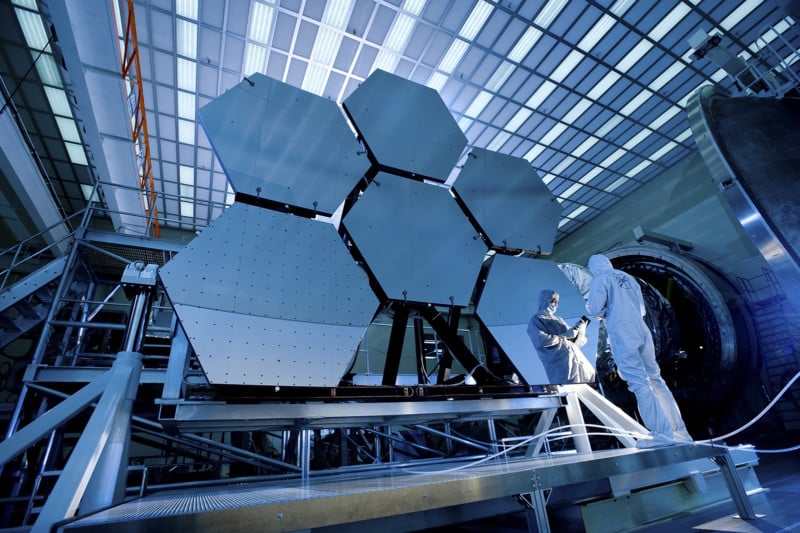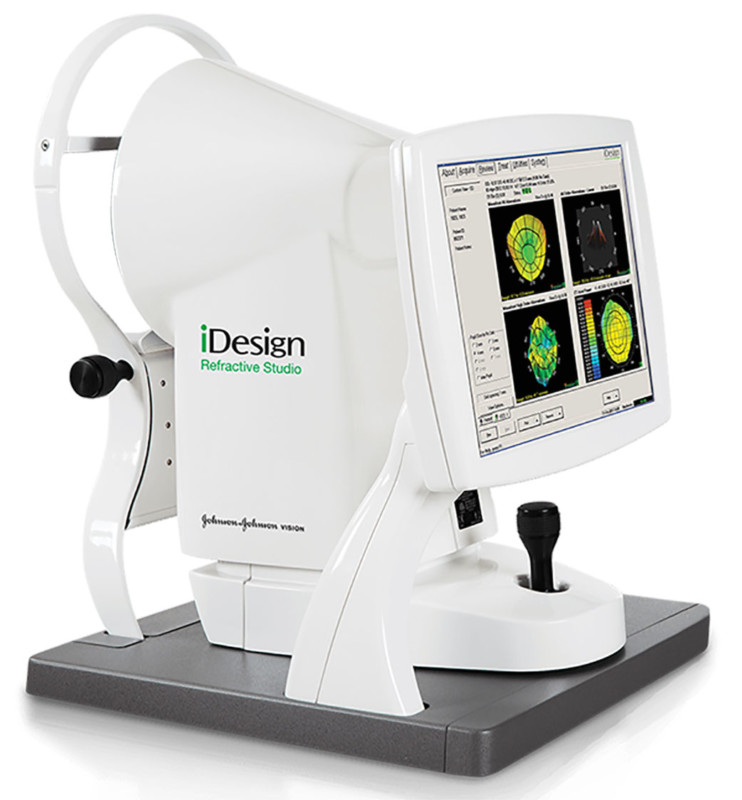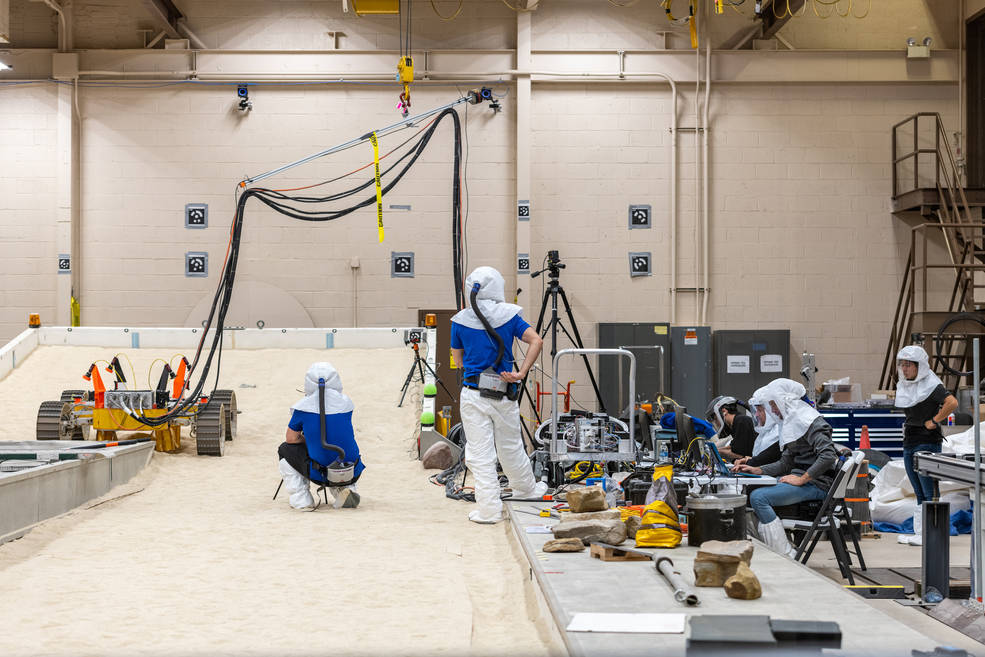
Although the James Webb Room Telescope (JWST) has by now proven its scientific worth with its spectacularly specific photographs, the technologies that was formulated to align its iconic mirrors is possessing an impact that is substantially nearer to home.
The monumental and powerful mirrors that seize the light-weight from additional than 13 billion a long time ago were only designed feasible many thanks to a pinpoint course of action of aligning and measuring that took decades of improvement. But that technological innovation isn’t constrained to just that 1 use case, and component of the method has been built-in into Johnson & Johnson Vision’s iDesign Refractive Studio, a system that normally takes precise eye measurements to map imperfections in visual pathways and cornea curvature in the human eye.
NASA suggests the know-how got its begin in the early 2000s when Albuquerque, New Mexico-dependent subcontractor WaveFront Sciences labored with the house agency to acquire a technique to evaluate deviations in Webb’s mirrors as they had been becoming floor and polished to precise specifications.
“The mirrors have been 1 of the definitely vital systems we necessary to establish to empower the observatory,” Lee Feinberg, optical telescope factor supervisor for Webb at NASA’s Goddard Space Flight Center in Greenbelt, Maryland, claims.
“We had to polish them in such a way that, when they neat down, they turn into the mirror form that we want. We had to match the curvature of one particular mirror to the upcoming, which was a quite demanding challenge.”

Just after the accomplishment of that measurement know-how, some of the algorithms it designed ended up integrated into a industrial item termed the Entire Ophthalmic Evaluation Method, or COAS, which could diagnose eye conditions by mapping the eye.
That know-how identified its way into the hands of Johnson & Johnson in 2017 who included it into its iDesign Refractive Studio, which acquired U.S. Foodstuff an Drug Administration acceptance in 2018.
Described by a Johnson & Johnson government as “an optical fingerprint exceptional to each patient’s eye,” the know-how is capable of diagnosing eye disorders for men and women.
NASA clarifies that earlier, Lasik eye operation was based mostly on the limited data of a patient’s eyeglasses prescription, but now thanks to the integration of the JWST know-how it can contain a lot more than 1,200 measurements for just about every particular person.
The accomplishment of the iDesign Refractive Studio is just a person of a multitude of illustrations of how NASA technology has experienced a immediate impression on the personal sector. A full record of examples of technologies that have produced it into industrial goods and solutions can be observed on NASA’s Spinoff publication.




